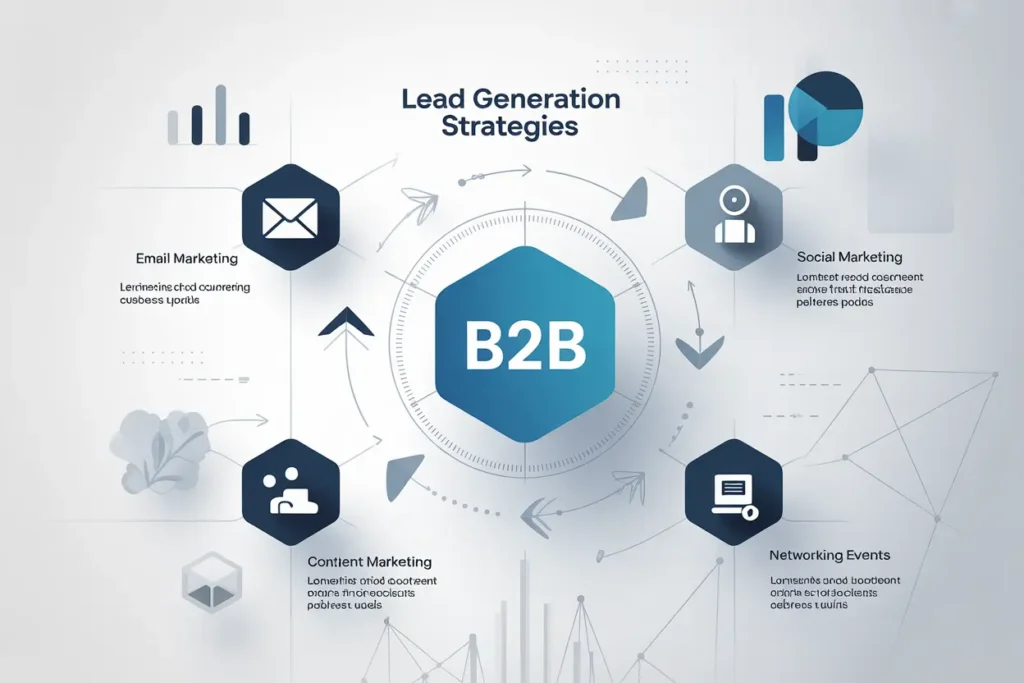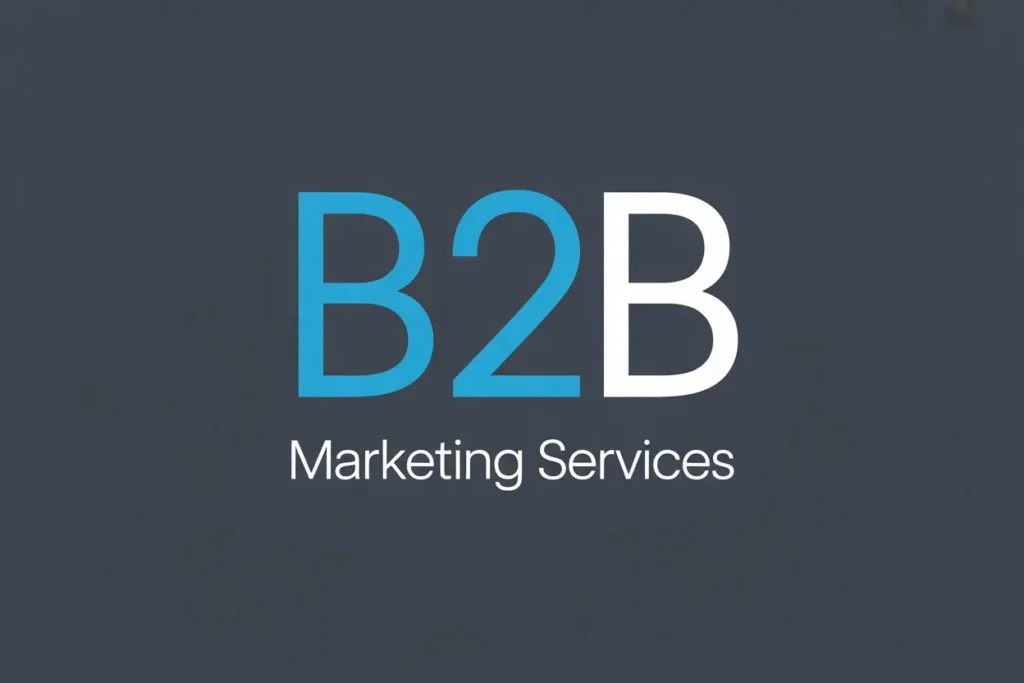Boost Marketing Team Success in Birmingham
Boost Marketing Team Success in Birmingham In the bustling heart of Birmingham, where creative minds converge to craft compelling campaigns, marketing teams face unique pressures. From tight deadlines to evolving digital trends, keeping everyone aligned can feel like herding cats. But here’s the good news: with the right strategies, you can transform your team into a well-oiled machine that delivers standout results. This article dives into practical ways to improve marketing team performance and collaboration. Drawing on real-world scenarios from local businesses, we’ll explore actionable steps that reflect everyday challenges. Whether you’re a small agency in the Jewellery Quarter or a growing firm in Digbeth, these insights will help you build a stronger, more productive unit. As a marketing consultant based in Birmingham, I’ve seen firsthand how small tweaks can lead to big wins. Let’s get started on making your team shine. Understanding Common Challenges in Marketing Teams Marketing isn’t just about flashy ads or viral posts—it’s a team effort that thrives on synergy. Yet, many teams in Birmingham struggle with silos, where creative sparks ideas but sales feels out of the loop. This disconnect can slow down projects and sap morale. Picture a local café chain launching a summer promo. The social media whiz creates eye-catching reels, but without input from the email marketer, the message gets lost in translation. Suddenly, engagement dips, and fingers point across departments. These scenarios are all too common, especially in fast-paced environments like ours. According to industry reports, miscommunication accounts for a significant portion of project delays in creative fields. Recognising these hurdles is the first step. By pinpointing issues early, you set the stage for smoother operations and happier teams. Another pitfall is overload. Team members juggling multiple hats—content creation one day, analytics the next—often burn out. In Birmingham’s competitive scene, where events like the International Festival demand quick pivots, this can stifle innovation. Addressing these isn’t about overhauling everything overnight. It’s about fostering an environment where everyone feels heard and equipped. Let’s build from here. Building Clear Communication Channels Effective communication is the glue that holds marketing teams together. Without it, even the best ideas fizzle out. Start by choosing tools that suit your team’s rhythm—think Slack for quick chats or Microsoft Teams for deeper discussions. In a real Birmingham scenario, a tech startup I consulted for switched to daily stand-ups via Zoom. Instead of endless email threads, the team shared wins and blockers in 15 minutes. This simple shift cut confusion by half and boosted idea-sharing. To make it stick: Set communication norms, like agreeing on response times, such as replying to urgent pings within an hour. Use visual aids, like sharing mood boards or Canva prototypes in shared drives to avoid back-and-forth. Encourage feedback loops, such as ending meetings with “What worked? What to tweak?” to keep channels open. Remember, it’s not just about tools—it’s about tone. A supportive vibe encourages questions, turning potential conflicts into collaborative opportunities. Over time, these habits create a flow where information moves freely, much like the canal networks winding through our city. Your team will thank you with sharper campaigns and fewer headaches. Incorporating Hybrid Work Best Practices With many Birmingham firms embracing hybrid setups post-pandemic, blending in-office and remote collaboration is key. Tools like Miro for virtual whiteboarding let remote designers sketch alongside office-based copywriters seamlessly. Consider a fashion brand prepping for Birmingham Fashion Week. Remote freelancers contributed mood reels via shared links, while the core team brainstormed in person. This mix ensured diverse inputs without anyone feeling sidelined. Practical tips include: Rotating meeting formats to keep things fresh, scheduling “coffee chats” for casual bonding, and using polls in tools like Mentimeter to gauge remote participation. By prioritising inclusivity, you not only improve output but also retain talent in a city where work-life balance is increasingly valued. Defining Roles and Responsibilities Nothing derails a team faster than overlapping duties or vague expectations. Clear roles ensure everyone knows their lane, reducing friction and amplifying strengths. Take a hypothetical e-commerce outfit in Birmingham’s Bullring area. The content lead focused on storytelling, while the SEO specialist optimised keywords—leading to a 20% traffic uplift in months. Without defined lanes, efforts would have overlapped wastefully. To implement this: Map out a RACI chart, outlining who is Responsible, Accountable, Consulted, and Informed for each task. Review quarterly, as campaigns evolve, so should roles. Celebrate individual wins, like a shout-out in team huddles to reinforce ownership. This structure isn’t rigid—it’s flexible, allowing creativity to flourish within boundaries. In my experience consulting for local brands, teams with crystal-clear roles report higher job satisfaction and faster project turnarounds. Ultimately, it’s about empowering each member to contribute uniquely, turning a group of individuals into a cohesive force. Setting Achievable Goals with SMART Framework Goals give direction, but fuzzy ones lead to frustration. Enter SMART: Specific, Measurable, Achievable, Relevant, Time-bound. This framework, rooted in project management best practices, turns ambitions into roadmaps. For a Birmingham-based non-profit running a community drive, we set a SMART goal: “Increase email sign-ups by 15% in three months via targeted LinkedIn ads.” It was precise, trackable via Google Analytics, and aligned with their outreach aims. Break it down for your team: Specific—ditch “boost engagement” for “gain 500 Instagram interactions on eco-campaign posts.” Measurable—use KPIs like conversion rates or click-throughs. Achievable—factor in resources; scale up gradually. Relevant—tie to broader business objectives, like seasonal sales peaks. Time-bound—set deadlines to create urgency. Regular check-ins keep momentum. Industry practices from bodies like the Chartered Institute of Marketing emphasise this for sustained growth. Your team will feel accomplished, not overwhelmed. Aligning Goals Across Departments Marketing doesn’t operate in a bubble—syncing with sales or product teams amplifies impact. Joint workshops, perhaps over a brew in a Brummie café, can align visions. In one case, a local software firm merged marketing’s lead-gen targets with sales’ pipeline needs. The result? A unified dashboard tracking shared metrics, slashing silos. Tips for success: Co-create goals in cross-functional sessions, use shared tools like Asana for visibility, and reward
Boost Marketing Team Success in Birmingham Read More »









